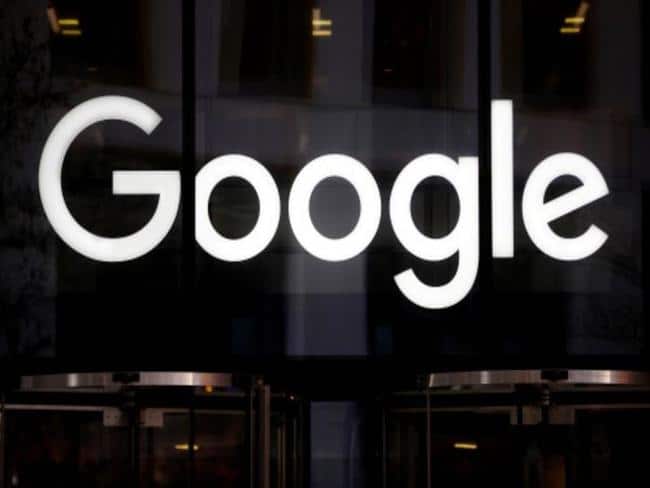
Google overhauls advertising sales team, lays off hundreds
Google is undergoing another significant restructuring in 2024, this time within its advertising sales division. This initiative, revealed by Philipp Schindler, Google’s Chief Business Officer, involves the layoff of several hundred employees and is part of a broader transformation aimed at optimizing operational efficiency and meeting the changing needs of clients.
“As part of the session, I also made clear that a substantial channel shift was coming and that regularly adjusting organizational structures based on customer needs, the overall market environment, and available resourcing is a normal part of running a business diligently. This is nothing new for GBO; we’ve done this for many years — sometimes smaller, sometimes at a larger scale — and will continue to do so,” Schinder wrote in an internal memo.
“As part of this shift, unfortunately, several hundred jobs will be eliminated or put at risk (subject to local regulations and consultations). Impacted GBOers will be supported throughout the process and can apply for open positions across our team (including some roles we’ll be adding to take care of additional customers moving to GCS) or elsewhere across Google. Sadly though, we will have to say goodbye to many highly talented and amazing sales colleagues,” he added.
The restructuring is propelled by a notable shift in how Google’s sales team operates. Google has already hinted in the past, the progressive inclusion of AI in automated, mundane tasks in the advertising space, some of which have already been implemented and may have heavily impact this layoff cycle. Large-scale changes are evident in the redistribution of staff from the large-customer sales unit to the Google customer-solutions team. This reallocation of human resources is in response to a trend where larger clients require fewer resources, prompting a recalibration of workforce distribution to better serve medium-level clients.
Beyond human resource reallocation, Google is also doubling down on automation to streamline processes. Initiatives such as Performance Max, utilizing artificial intelligence, are at the forefront of efforts to automate decision-making processes. This move reflects Google’s commitment to adapting to a landscape where automation plays a pivotal role in optimizing resource allocation and meeting client demands effectively.
The core of the restructuring lies in accentuating the role of Google Customer Solutions (GCS) as the primary channel for scaling growth. GCS is tasked with dynamically delivering personalized treatment to every customer, focusing on the needs of medium-level clients. On the other hand, Large Customer Sales (LCS) is being repositioned to concentrate on transformational growth, catering to the largest and most sophisticated clients. Acknowledging the potential impact on employees, Schindler expressed understanding that the changes would be challenging for many, especially those in the Large Customer Sales teams. To mitigate the impact, Google is taking proactive measures to provide affected employees with opportunities to apply for open roles within the company, and “designated leaders” will be charged with personally communicating with the impacted employees.
Chris Pappas, a Google spokesperson, provided insights into the rationale behind the restructuring, stating, “Every year we go through a rigorous process to structure our team to provide the best service to our ads customers.” This underscores the company’s commitment to aligning its workforce with the evolving needs of its advertising clientele. This recent round of layoffs follows a series of other significant cuts within Google, including the Voice Assistant units, hardware teams responsible for Pixel, Nest, and Fitbit, and the augmented reality team. The Alphabet Workers Union reported significant backlash, citing at least 1,000 employees affected in the latest round of layoffs.


